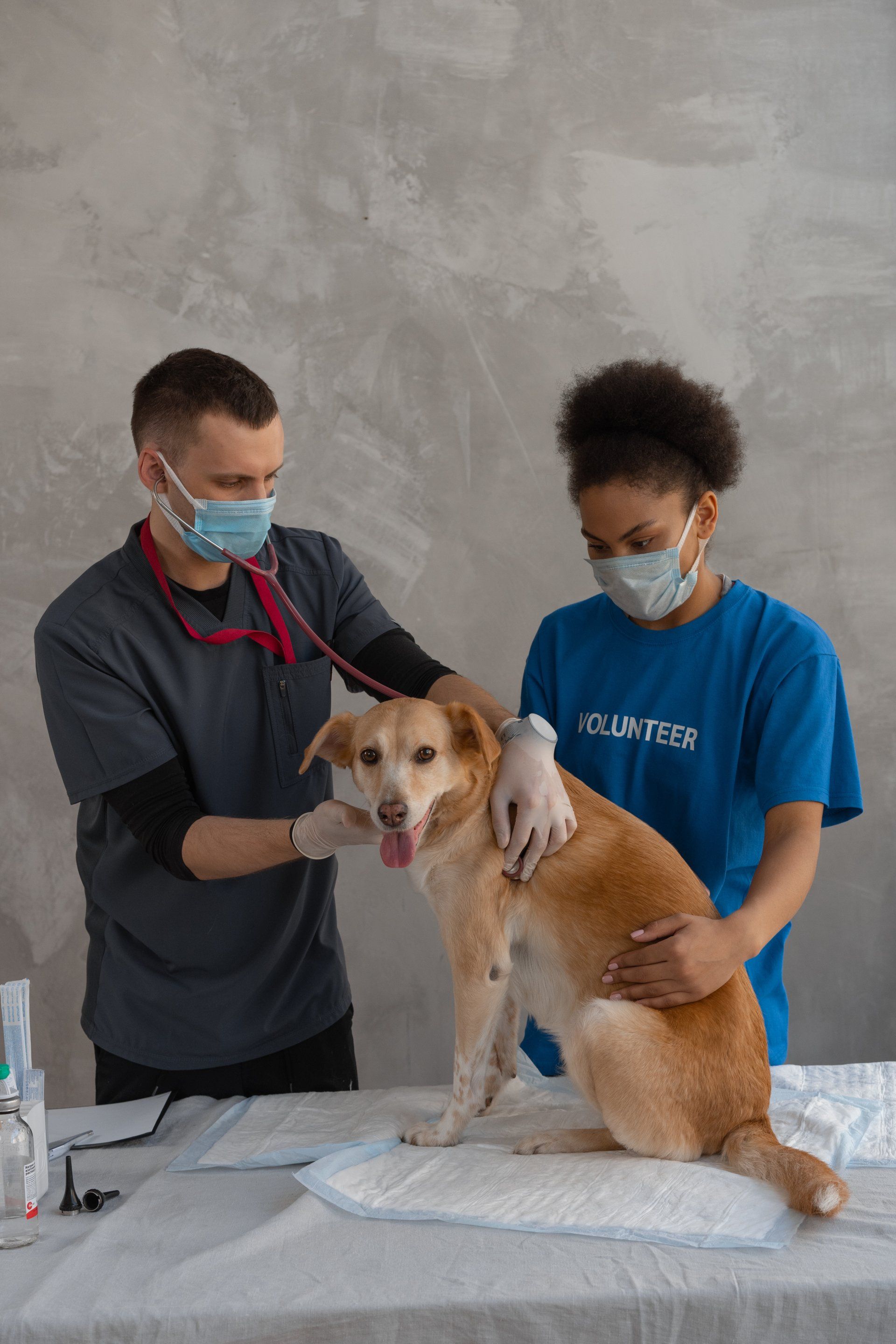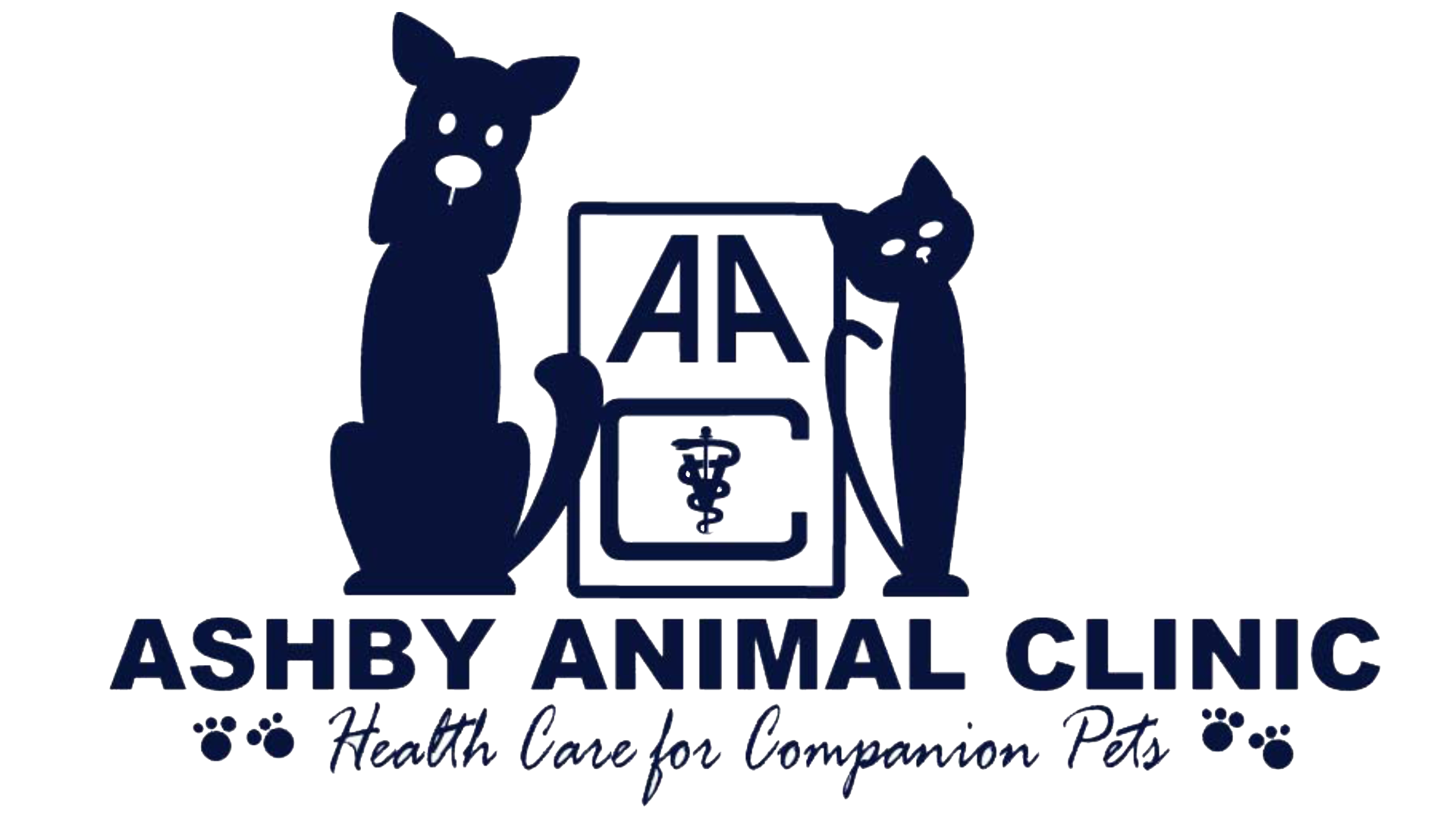Emergency care is available at Veterinary Emergency Service, which is open evenings, weekends, and holidays. For after-hour emergency care, please call: (540) 248-1051
Keeping Your Pup Cool: Tips for Summer Safety
As the temperatures rise during the summer months, it's essential to take extra precautions to ensure the comfort and safety of our canine companions. Dogs can easily overheat in hot weather, leading to heatstroke and other heat-related illnesses. To help keep your furry friend cool and comfortable during the summer heat, here are some simple yet effective tips:
1. Provide Ample Shade:
Whether your dog spends time outdoors or indoors, make sure there is plenty of shade available for them to retreat to when the sun is at its peak. Shade helps prevent overheating and sunburn (yes, dogs can get sunburnt too!), keeping your dog cool and protected.
2. Hydration is Key:
Always keep fresh, clean water available for your dog to drink. Dehydration can occur quickly in hot weather, so make sure to refill water bowls regularly, especially during outdoor activities. Consider bringing your water bowl along if you’re going to the park or on a walk, there are many travel bowl options available!
3. Avoid Midday Exercise:
Exercise your dog during the cooler hours of the day, such as early morning or late evening. Avoid strenuous activities during the hottest part of the day to prevent heat exhaustion. Short walks and indoor games are great alternatives to vigorous outdoor play in the heat.
4. Never EVER Leave Your Dog in a Parked Car:
Even on a moderately warm day, the temperature inside a parked car can quickly soar to dangerous levels, leading to heatstroke and even death. Never leave your dog unattended in a parked car, even for a short period, and always ensure they have proper ventilation if traveling in a vehicle.
5. Cooling Accessories:
Consider investing in cooling accessories such as cooling vests, bandanas, or mats for your dog. These products use innovative cooling technology to help regulate your dog's body temperature and keep them comfortable in hot weather.
6. Limit Sun Exposure:
Just like humans, dogs can get sunburned, especially those with light-colored fur or exposed skin. Limit your dog's sun exposure by providing shade and using pet-safe sunscreen on areas prone to sunburn, such as the nose and ears
7. Monitor for Signs of Overheating:
Familiarize yourself with the signs of heatstroke in dogs, including excessive panting, drooling, lethargy, and vomiting. If you suspect your dog is overheating, move them to a cooler area immediately and contact your veterinarian for guidance.
By following these tips, you can help keep your beloved pup cool, safe, and happy during the summer heat. Remember, a little extra care and attention go a long way in ensuring your dog's well-being in hot weather.
Sources:
How to Keep Your Dog Cool in Extreme Heat Without Air Conditioning (akc.org)
Keep pets safe in the heat | The Humane Society of the United States






Emergency Call: (540) 248-1051
Website Design by: Standout Arts, LLC
1685 Garbers Church Rd Suite A, Harrisonburg, VA 22801





